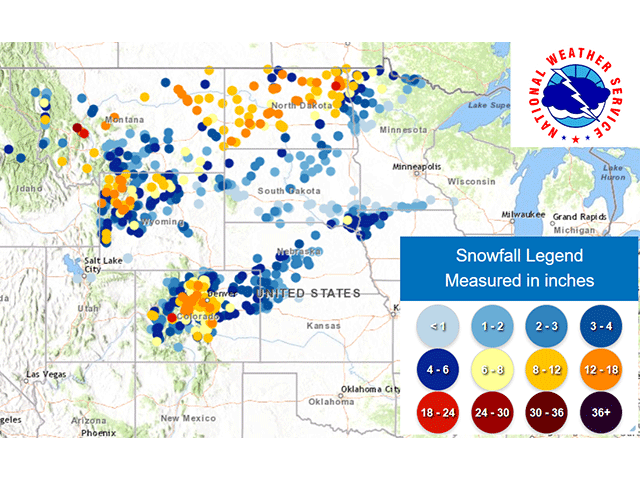
Areas of snowfall accumulation in the Northern and Central Plains will be slow to melt with low temperatures this week, limiting the amount of fieldwork producers can accomplish this week.

Areas of snowfall accumulation in the Northern and Central Plains will be slow to melt with low temperatures this week, limiting the amount of fieldwork producers can accomplish this week.
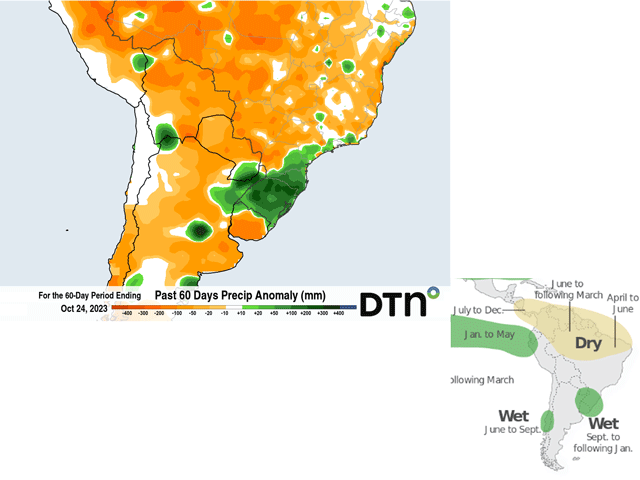
The rainfall pattern across South America has been typical of El Nino, but that has been taken to the extremes so far. Here's a closer look at what has been happening and how it has affected South American crops.
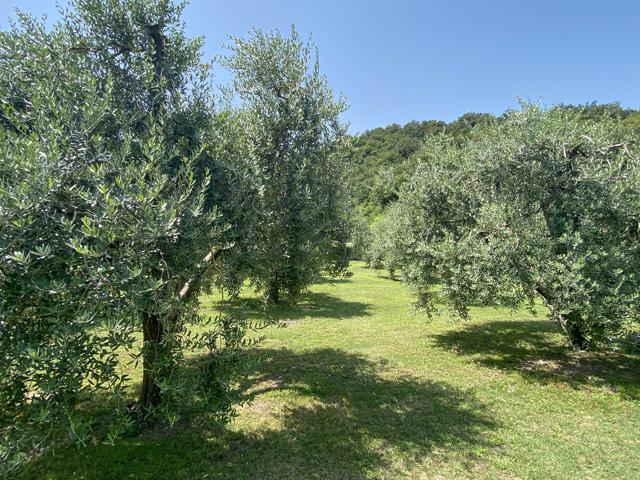
World olive oil production this year will be lower than demand because of extreme heat and drought.
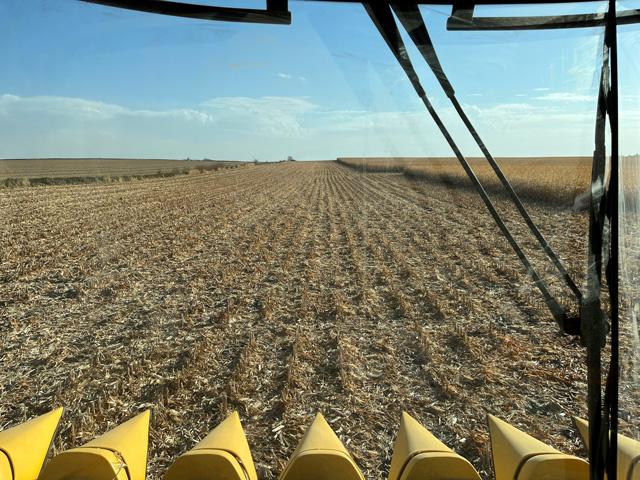
An active stretch of weather is expected for central parts of the U.S. this week as a series of low-pressure systems move into the Plains and Delta from the West. Heavy rainfall is possible in southern areas while the first major snowfall of the season will tag the Northern...
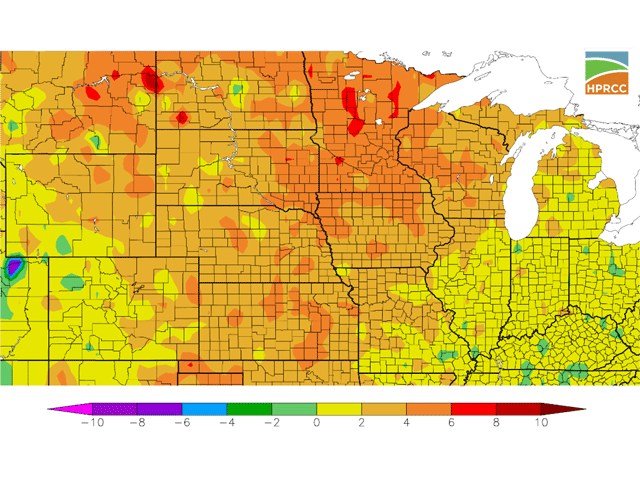
Heat and dryness in the Western Corn Belt pulled total U.S. corn yields away from the long-term trendline.
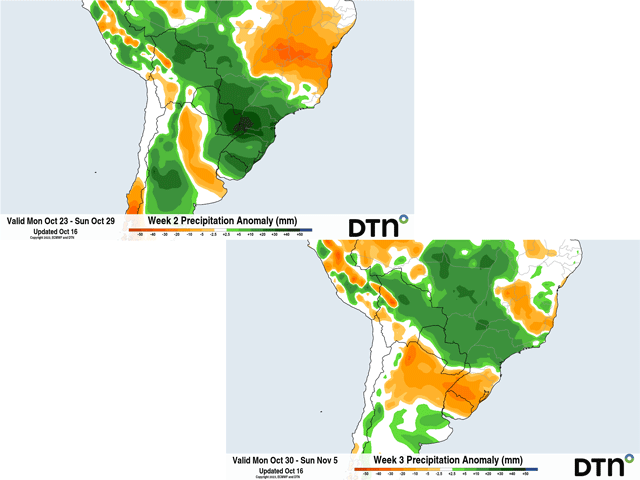
While it has been dry in the most productive areas of Brazil for the start of the wet season, there is some indication rain will increase at the end of October heading into November.
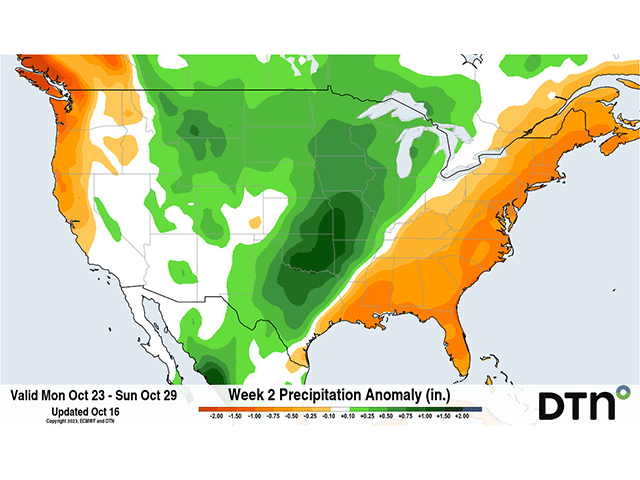
Another flip in the upper-level pattern will lead to a setup that favors heavy rain in the middle of the country next week. There is potential for flooding in drought areas while also increasing chances for snow in some areas.
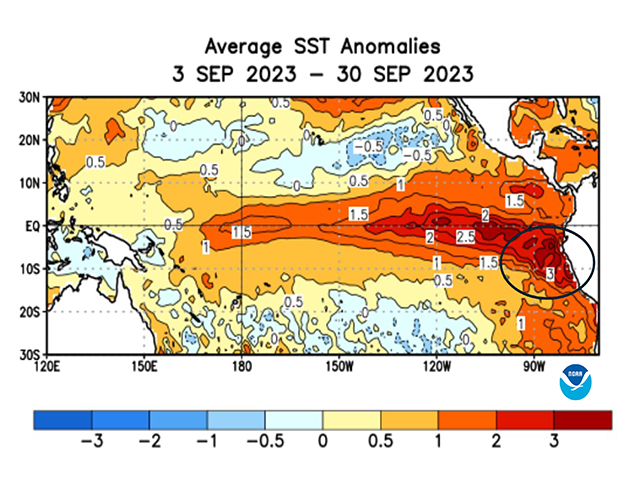
Hallmark El Nino years show variability when it comes to corn yields, but nothing substantially below the previous year.
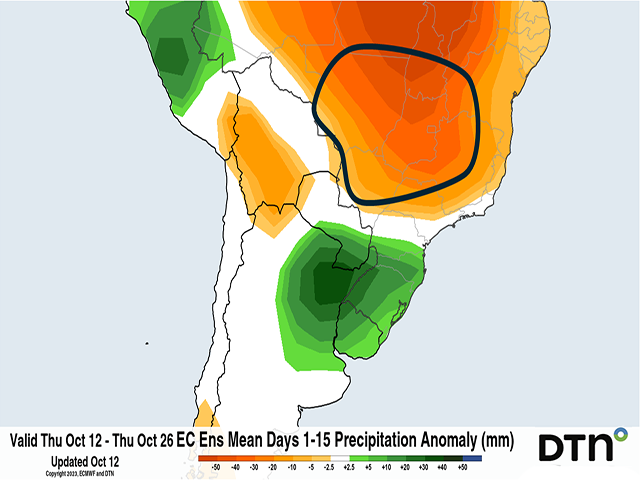
Despite an on-time start to the wet season in central Brazil, the forecast has certainly been drier than normal for a while now. Is that cause for concern?
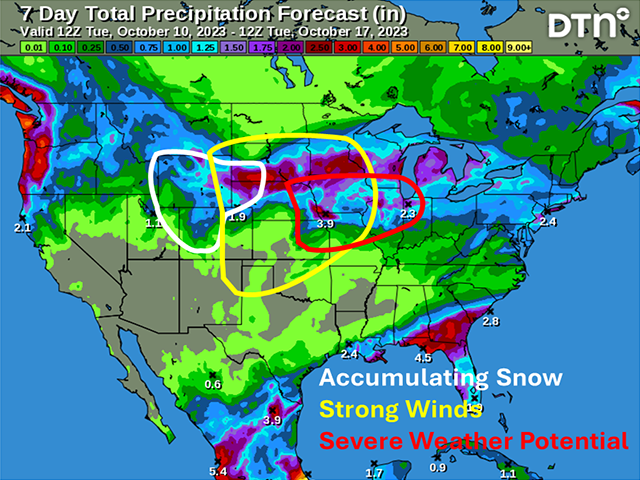
A strong fall storm system will bring areas of heavy rain, strong winds, and even some snow to parts of the Plains and Midwest this week.
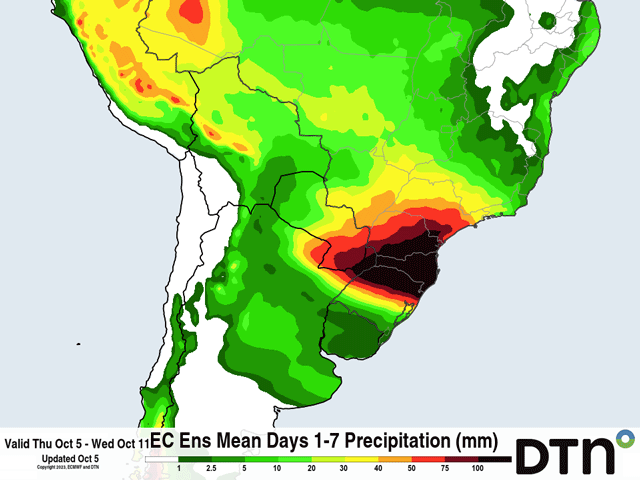
A very active pattern has been over South America for the last several months, but the results have been the same: Dry weather for Argentina and heavy rain for southern Brazil.
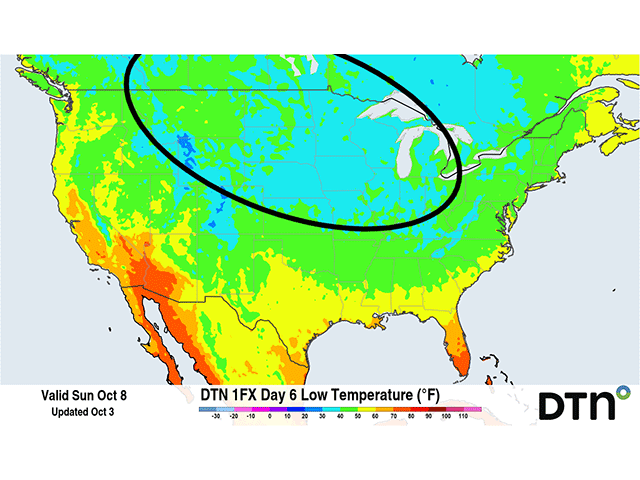
A progressive pattern during the next week will bring in a drastic shift in temperatures, going from very high to seasonally low, back up above normal again going into next week. The rollercoaster ride should bring widespread frosts to northern areas of the country.
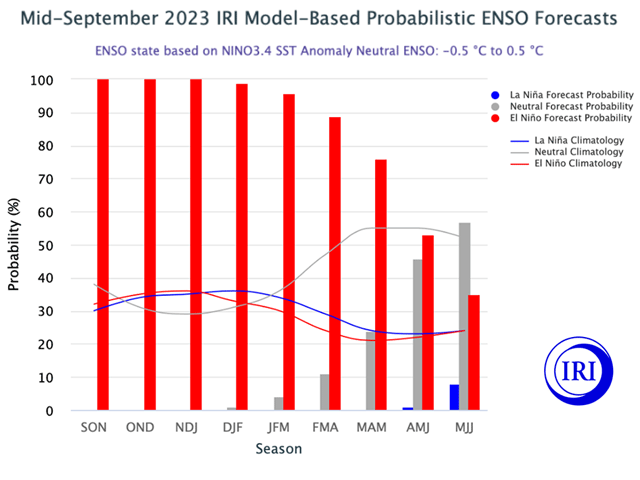
Pacific Ocean trade wind measurements show that the current El Nino still trails 1982, 1997 and 2015 in its intensity.
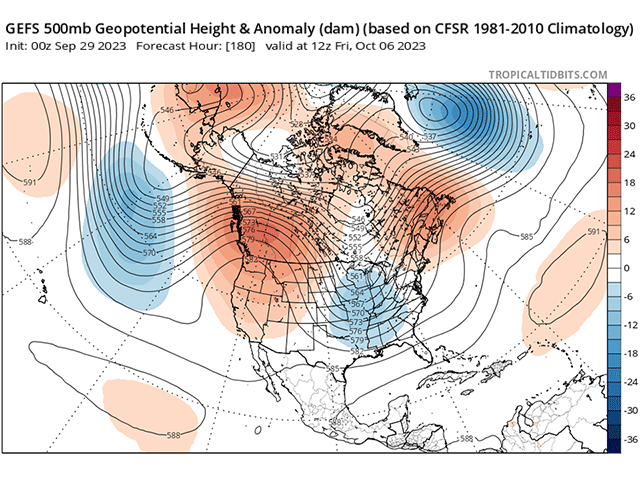
Since the previous story was posted, computer models made a rather dramatic change to the weather pattern for next week.
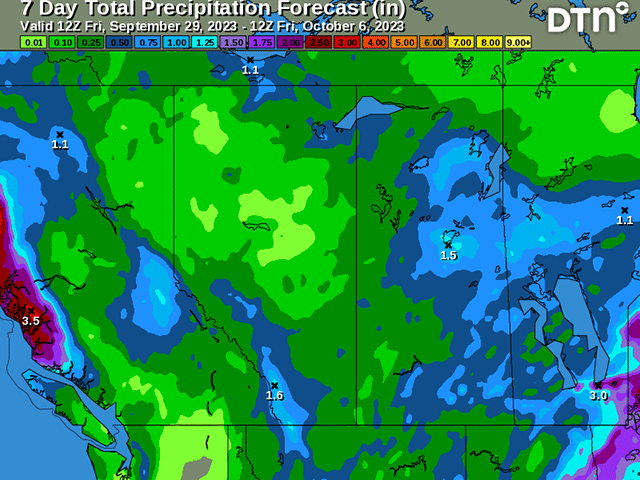
The weather pattern continues to be active through next week with plenty of chances for widespread precipitation.
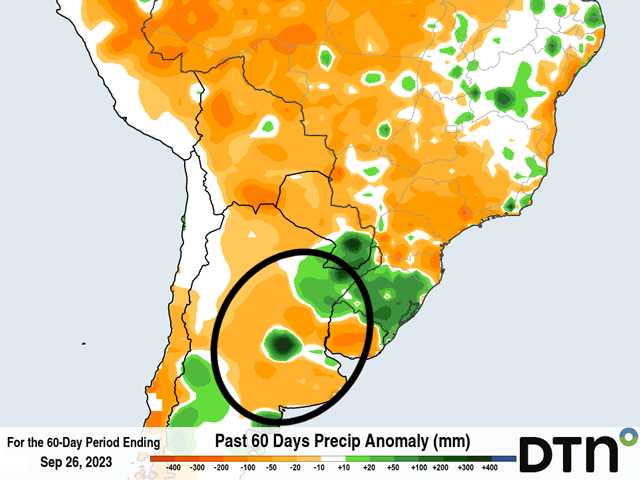
Coming off of a historic drought last season, Argentina had gotten some better rainfall earlier this spring, but not recently. Limited soil moisture is a concern for wheat and early corn plantings.
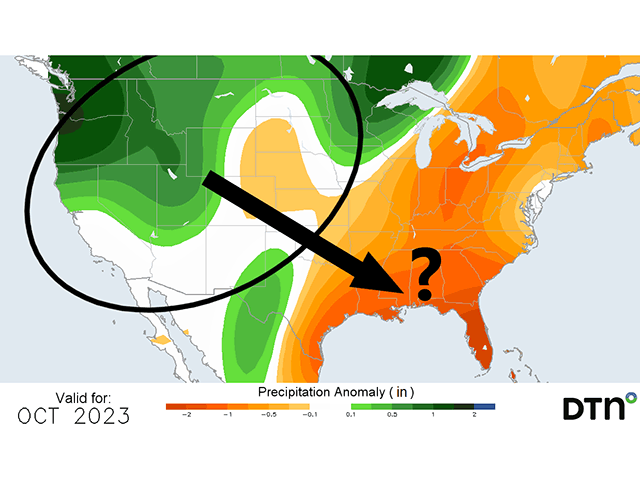
Some heat early in the fall in the middle of the country will be favorable for the continuing harvest for the next couple of weeks, but fall has to arrive at some point. Can it happen in mid or late October?
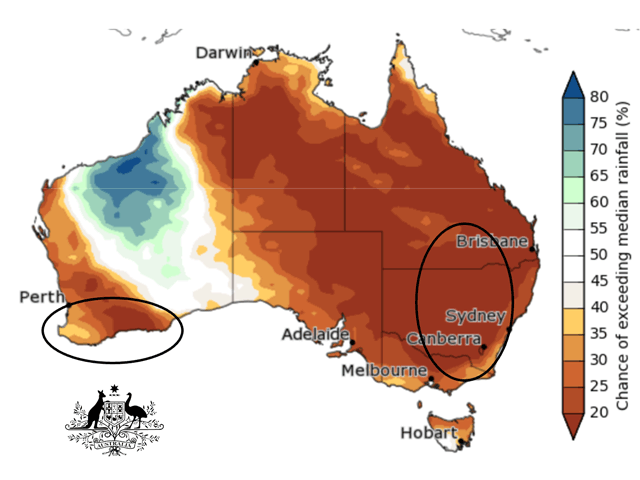
A strong Pacific Ocean El Nino and a dry-impact Indian Ocean Dipole indicate minimal rainfall in Australia's primary wheat regions for the 2023-24 wheat crop.
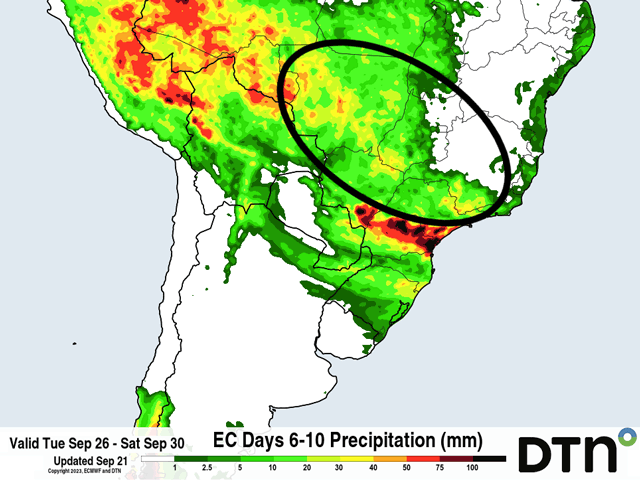
The average date for the start to the rainy or wet season in central Brazil is around Sept. 26. Are those rains going to be delayed?
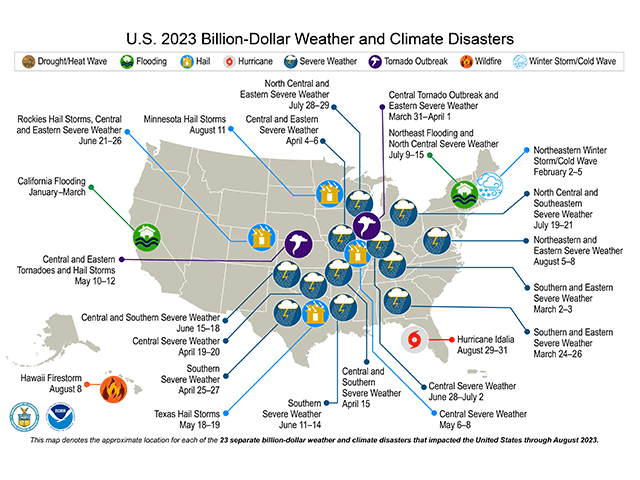
With four months yet to go, the year 2023 already tops the old calendar-year billion-dollar disaster record by more than 40 percent.
DIM[2x3] LBL[blogs-ag-weather-forum-list] SEL[[data-native-ad-target=articleList]] IDX[2] TMPL[news] T[]
DIM[2x3] LBL[blogs-ag-weather-forum-list-2] SEL[[data-native-ad-target=articleList]] IDX[5] TMPL[news] T[]